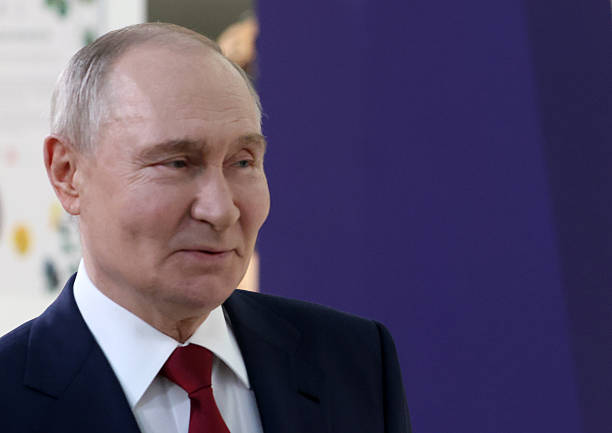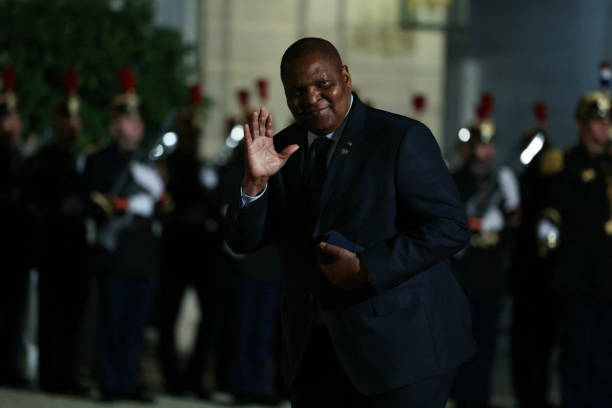Trump Extends U.S.-China Trade Truce for 90 Days to Avert Tariff Escalation
Trump has extended the U.S.-China trade truce for 90 days, delaying tariff hikes while both nations continue negotiations on unresolved trade disputes.
 Donald Trump Attends Roundtable Discussion On Threat Of China On U.S. Agriculture
Donald Trump Attends Roundtable Discussion On Threat Of China On U.S. AgriculturePresident Donald Trump on Monday extended a trade truce with China for another 90 days, delaying a potential tariff escalation between the world’s two largest economies.
Trump announced on his Truth Social platform that he had signed an executive order for the extension, stating that “all other elements of the Agreement will remain the same.” Beijing also confirmed the tariff pause through its official news agency Xinhua. The previous deadline was set to expire at 12:01 a.m. Tuesday, which could have triggered a U.S. increase in tariffs on Chinese imports from 30% to higher levels, with Beijing likely responding with increased retaliatory levies on U.S. exports.

The pause provides more time for both nations to negotiate and could pave the way for a summit later this year between Trump and Chinese President Xi Jinping. U.S. businesses welcomed the extension, viewing it as an opportunity to improve market access in China and stabilize trade relations.
Sean Stein, president of the U.S.-China Business Council, called the extension “critical” for negotiations, emphasizing the importance of an agreement on fentanyl that could lead to tariff reductions and a rollback of Chinese retaliatory measures to revive U.S. agriculture and energy exports.
The trade talks remain unfinished business for Trump, who has reshaped global trade by imposing high tariffs on numerous countries. The European Union, Japan, and other trading partners have accepted trade deals with the U.S. that include tariffs as high as 15% to avoid more severe measures. According to the Budget Lab at Yale University, the average U.S. tariff has risen from 2.5% earlier this year to 18.6%, the highest since 1933.
China has challenged U.S. tariff policies by threatening to limit access to rare earths, essential for products ranging from electric vehicles to jet engines. In June, the U.S. and China eased tensions when Washington agreed to relax export restrictions on chip technology and ethane, while Beijing allowed greater U.S. access to rare earths.
In May, the two sides narrowly avoided an economic crisis by reducing tariffs from triple-digit levels — as high as 145% on Chinese goods and 125% on U.S. goods — down to 30% and 10% respectively, following talks in Geneva.
Experts say the trade standoff has revealed the limits of U.S. leverage and emboldened Beijing to believe it can maintain an advantage by threatening rare earth export restrictions. Ali Wyne of the International Crisis Group described the détente as a response to “self-inflicted consequences” of overestimating the impact of steep tariffs.
Key disputes remain unresolved, including Chinese industrial subsidies, lax intellectual property protections, and a \$262 billion U.S. trade deficit with China in 2024. Analysts expect future agreements to focus on limited measures, such as increased Chinese purchases of U.S. soybeans and commitments to curb fentanyl precursor exports, rather than addressing core structural issues.
Jeff Moon, a former U.S. diplomat and trade official, predicted that while limited deals may emerge, “the trade war will continue grinding ahead for years into the future.”
















Conversation